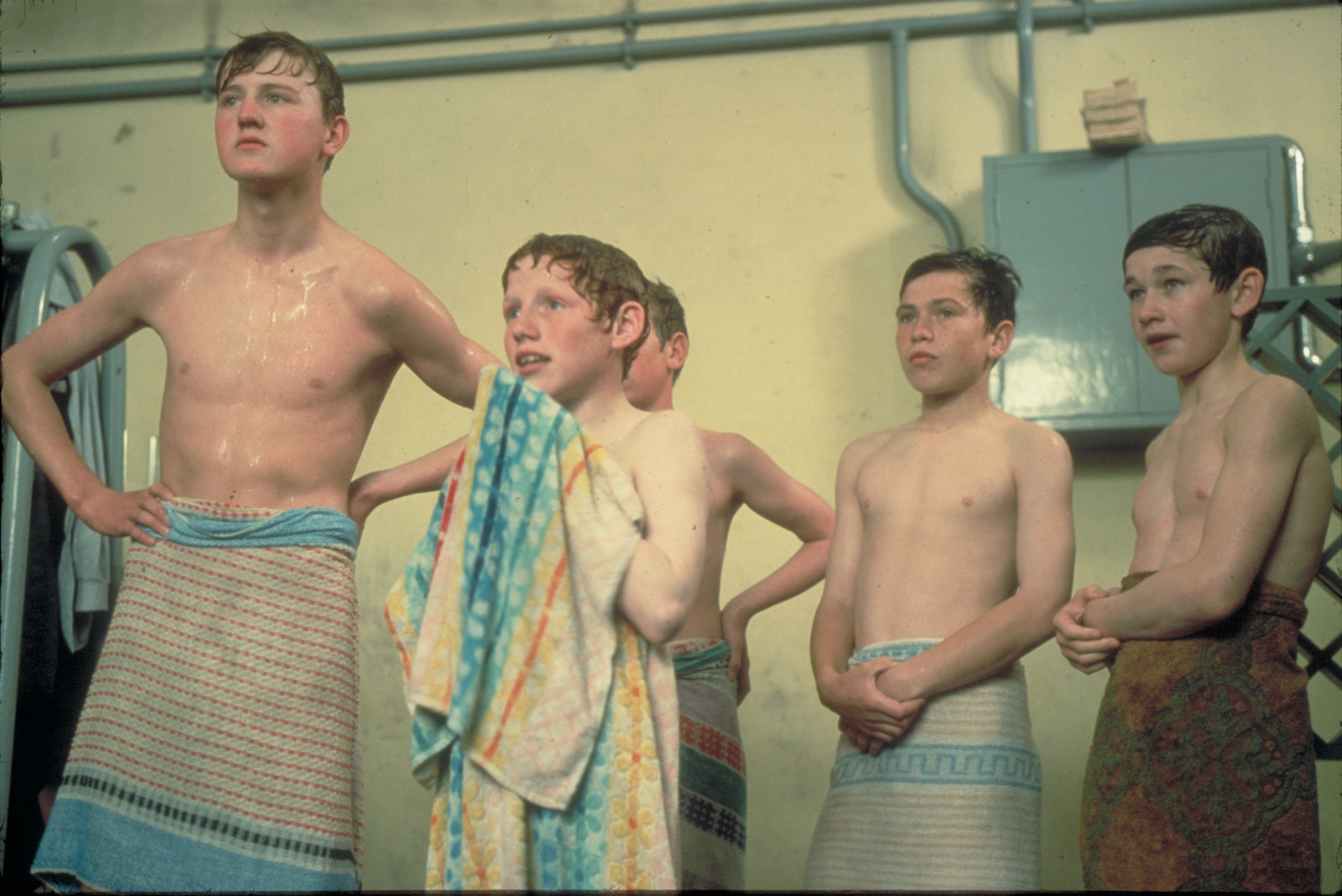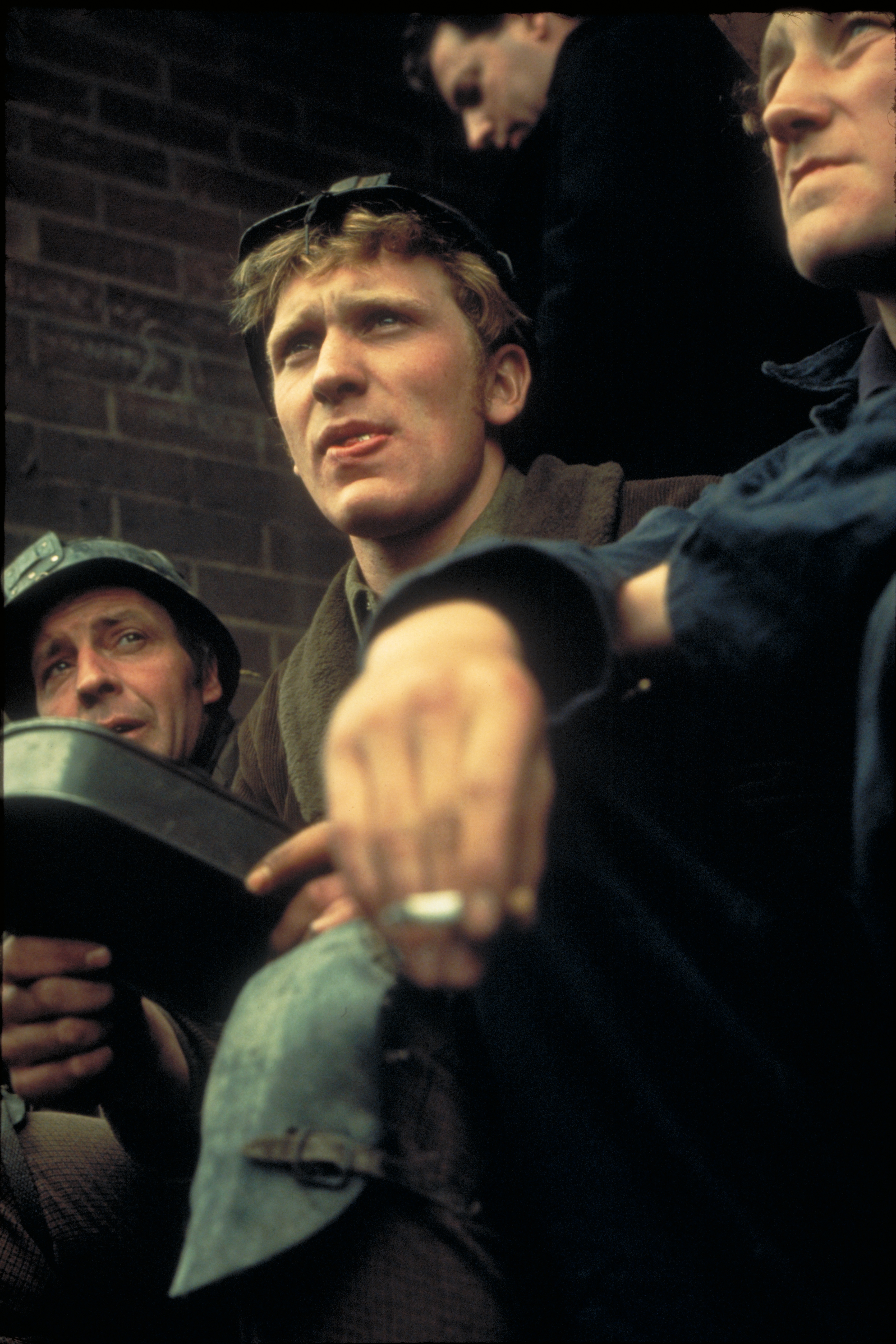KES
KES
One of the most outstanding films by Ken Loach and British cinema in general, it is a perfect example of cinema combining social realism with subtle psychology. Teenage Billy from a mining town raises a kestrel – Kes is his respite from the grim reality, but also a symbol of freedom and entrapment.
Considered one of Ken Loach's most outstanding films, and indeed one of the finest examples of British cinema, KES is a perfect example of cinema combining the convention of social realism with an extremely subtle psychological portrayal. Fifteen-year-old Billy Casper, a boy living in a mining community in Yorkshire, breeds and trains a bird of prey, a kestrel named Kes (from the English name of the species). Kes is his respite from school, from the prospect of working in the mines that awaits Billy right after his exams, from home and his violent older brother. Through his bond with the wild creature, Billy begins to blossom – yet the loss of Kes extinguishes his fragile hopes.
In adapting Barry Hines' novel A KESTREL FOR A KNAVE, Ken Loach focused not on depicting the community, but on observing Billy (played by the phenomenal David Bradley, who had no previous acting experience) and his relationship with Kes. Paradoxically, the social drama unfolds through the psychological nuances and the sense of the local space – it is the protagonist who carries the weight of the entire film, and it is the scenery of the mining town and the surrounding nature that defines his world and its boundaries. In this lyrical, modest and straightforward film, Loach also highlights his artistic personality: social sensitivity, a firm ethical stance, and a sense of humour that permeates all his cinema.
Text: Karolina Kosińska
.png)
.png)




























